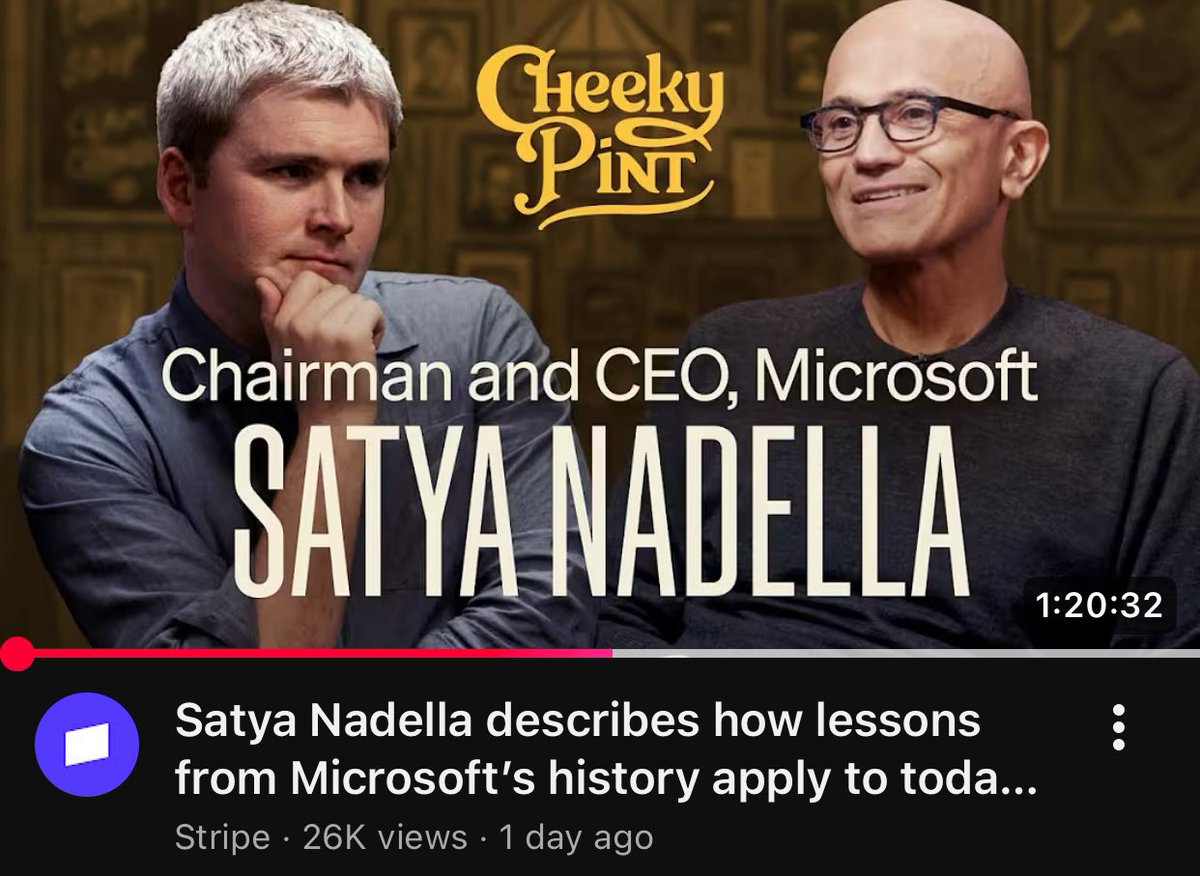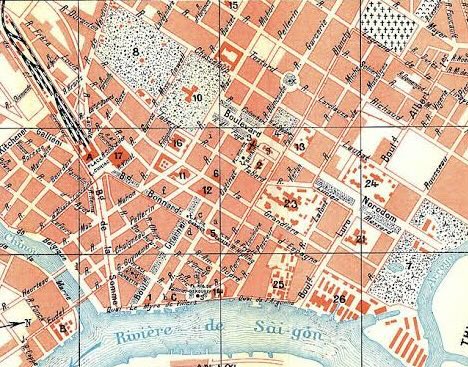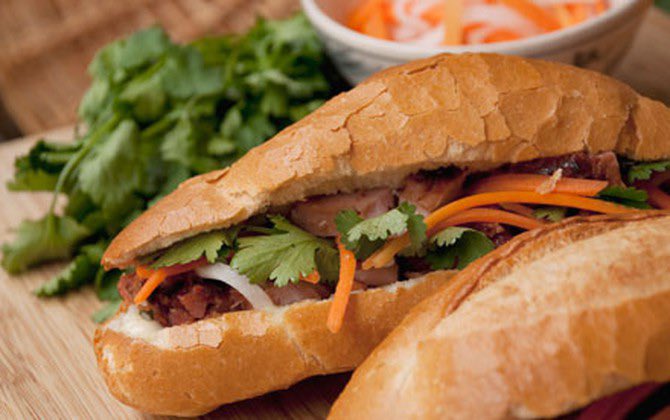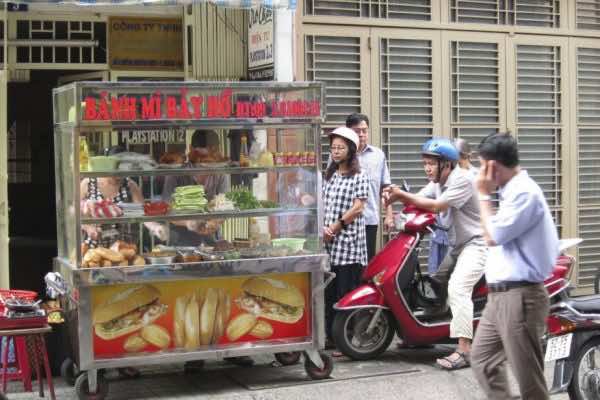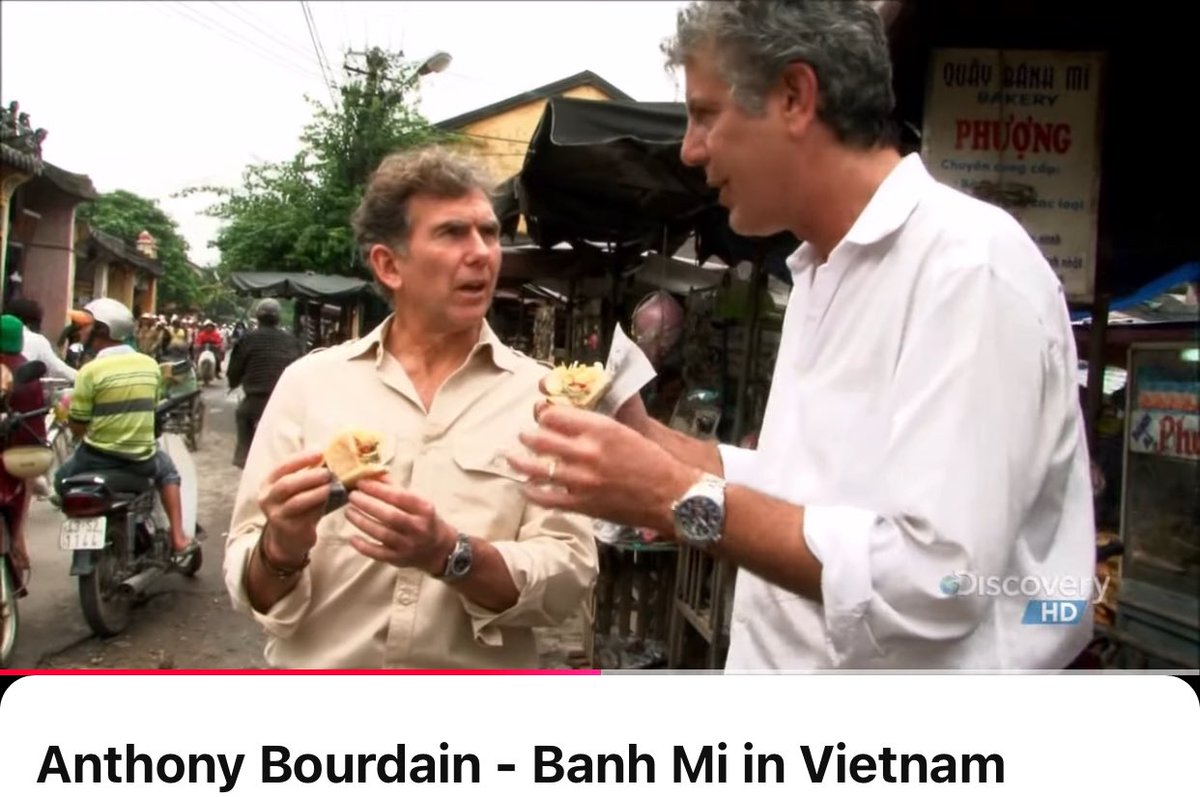Wendy's pricing snafu is a reminder of how hard these fast food chains try to optimize menu design.
McDonald's — which sells to ~1% of the world every day — did a digital menu redesign a few years ago and it boosted sales.
Here are 6 design psychology choices it made:
McDonald's — which sells to ~1% of the world every day — did a digital menu redesign a few years ago and it boosted sales.
Here are 6 design psychology choices it made:

Background: In the mid-2010s, McDonald's sales were lagging. The brand turned it around with help of a multi-year menu & store redesign that:
◻️emphasized simplicity (sped up avg. drive thru time from 400 secs to 350 secs)
◻️highlights signature items (pricier = higher margins)
◻️emphasized simplicity (sped up avg. drive thru time from 400 secs to 350 secs)
◻️highlights signature items (pricier = higher margins)

Here was McDonald's challenge: loyal customers love the classics (Big Mac, McChicken)
And spend only 30 secs on the menu (pushing them from defaults to a new items is hard)
But McDonald's sells 2B+ meals a month, so influencing choices for a small % of customers boosts profits.
And spend only 30 secs on the menu (pushing them from defaults to a new items is hard)
But McDonald's sells 2B+ meals a month, so influencing choices for a small % of customers boosts profits.
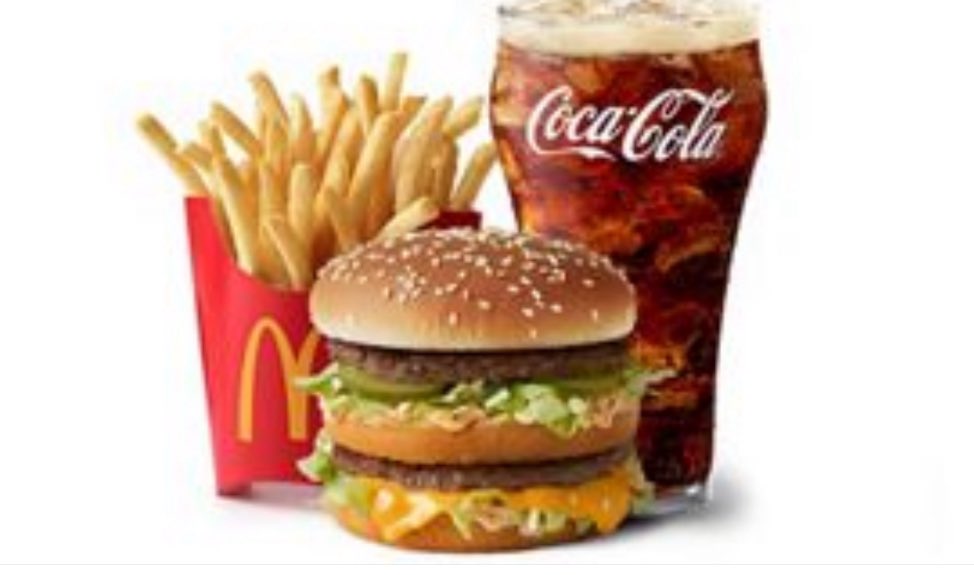
Attention cues
Dynamic menus were the biggest change. While value items are typically static pics, signature items are animated.
Our peripheral vision specializes in detecting motion. Dynamic signature items capture our attention and can end up in our potential choice set.
Dynamic menus were the biggest change. While value items are typically static pics, signature items are animated.
Our peripheral vision specializes in detecting motion. Dynamic signature items capture our attention and can end up in our potential choice set.
Decision anchoring
First options are key in decision-making. In a study of buffets, 70% of eaters put one of the first 3 items on the plate.
Signature items are often the 1st thing you see. By highlighting them, they are pushing the higher-margin items into your choice set.
First options are key in decision-making. In a study of buffets, 70% of eaters put one of the first 3 items on the plate.
Signature items are often the 1st thing you see. By highlighting them, they are pushing the higher-margin items into your choice set.

Optimized for working memory
Cognitively, humans can hold 5-9 "items" in our working memory at one time (e.g., 7-digit phone numbers).
McDonald's dynamic menus highlight 7-10 items. Naturally, the majority of the menu real estate emphasizes higher-margin items or combos.
Cognitively, humans can hold 5-9 "items" in our working memory at one time (e.g., 7-digit phone numbers).
McDonald's dynamic menus highlight 7-10 items. Naturally, the majority of the menu real estate emphasizes higher-margin items or combos.

Price anchoring
Even if *none* of the signature item nudges work, we've been exposed to the priciest items on McDonald's menu.
A subsequent purchase from regular (or value) menu will seem like more of a deal based on the price difference...leading to the perception of value.
Even if *none* of the signature item nudges work, we've been exposed to the priciest items on McDonald's menu.
A subsequent purchase from regular (or value) menu will seem like more of a deal based on the price difference...leading to the perception of value.

The power of grouping images
Gestalt principles describe how humans perceive objects and one of them is pattern matching.
McDonald's often groups 3 similar images together of a single product category (usually Signatures) to create a "pattern" that captures our attention.
Gestalt principles describe how humans perceive objects and one of them is pattern matching.
McDonald's often groups 3 similar images together of a single product category (usually Signatures) to create a "pattern" that captures our attention.

Experience chunking
Inside the restaurant, McDonald's separated the order and waiting lines.
The key here is that our perception of "waiting" is reduced vs. if it was a single line. Thus, our memory of the experience is that the wait "wasn't too long".
Inside the restaurant, McDonald's separated the order and waiting lines.
The key here is that our perception of "waiting" is reduced vs. if it was a single line. Thus, our memory of the experience is that the wait "wasn't too long".

Sources
Key menu redesign analysis here:
McDonald’s drive-thru news:
Buffet study via The Hustle:
Here’s a 60-second video case study: behavioraleconomics.com/loving-psychol…
cnn.com/2020/11/11/bus…
thehustle.co/the-economics-…
Key menu redesign analysis here:
McDonald’s drive-thru news:
Buffet study via The Hustle:
Here’s a 60-second video case study: behavioraleconomics.com/loving-psychol…
cnn.com/2020/11/11/bus…
thehustle.co/the-economics-…
I tried to apply the same design philosophy to the research app.
But my co-founder yelled at me for spending $78,000 on a used McDonald’s drive-thru screen and asked “dude, wtf do we need that for?” (Fair point)Bearly.AI
But my co-founder yelled at me for spending $78,000 on a used McDonald’s drive-thru screen and asked “dude, wtf do we need that for?” (Fair point)Bearly.AI
Semi-related: a lot of fast food logos have the color red in them. Some research — which I have no idea if it’s true — suggests sight of the color can raise blood pressure and stimulate appetites: ion.uwinnipeg.ca/~ssingh5/x/col…


Regarding Wendy’s:
— Said in earnings it wanted to do “dynamic menu”
— This was interpreted as “surge pricing”
— Messaging was meant to be dynamic = discounts and deals
— Got accused of price gouging and exploiting customers
— Walked back the proposal
— So much meme fodder
— Said in earnings it wanted to do “dynamic menu”
— This was interpreted as “surge pricing”
— Messaging was meant to be dynamic = discounts and deals
— Got accused of price gouging and exploiting customers
— Walked back the proposal
— So much meme fodder
https://twitter.com/trungtphan/status/1763305288982245849
• • •
Missing some Tweet in this thread? You can try to
force a refresh


